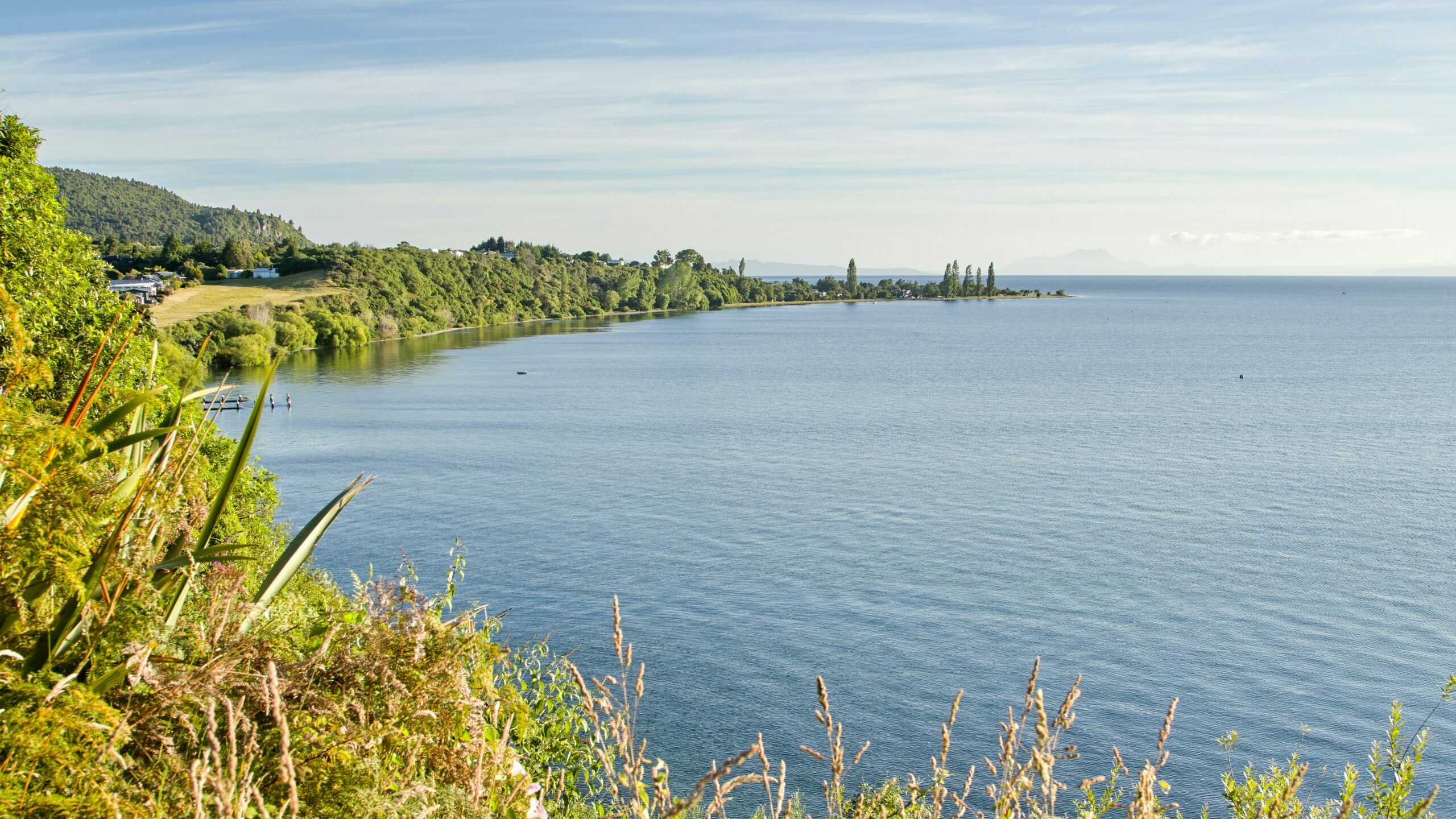In order to meet New Zealand’s future needs and to have a secure and resilient energy supply, the New Zealand government is to invest 60 million dollars in assessing the potential of supercritical geothermal energy, a geothermal technique that involves drawing fluids at a temperature between 375°C and 500°C, which is hotter than traditional geothermal installations.
At this temperature level, water can become a “supercritical” fluid, i.e. almost as dense as a liquid, and which tends to behave like a gas, allowing for more efficient transport of geothermal energy.
“The energy generated by supercritical geothermal technology could be up to three times greater than current geothermal energy from steam. In the long term, this could be a game-changer for New Zealand and potentially internationally, as other countries also look for solutions to energy challenges,” said Shane Jones, New Zealand’s Minister of Regional Development.
The first step will be to invest $5 million to design and drill the first of three wells in the Taupō area, a fairly active volcanic region on the North Island of New Zealand. If the technology proves successful in harnessing the energy – “a major challenge”, comments Judith Collins, Minister for Science, Innovation and Technology – the rest of the funds will be released. According to her, “the government could decide to start drilling the first well by the end of 2025, with an ambitious rollout of the technology between 2035 and 2040”.
To be continued…
Government exploring new energy source, New Zealand Government, November 14, 2024.

